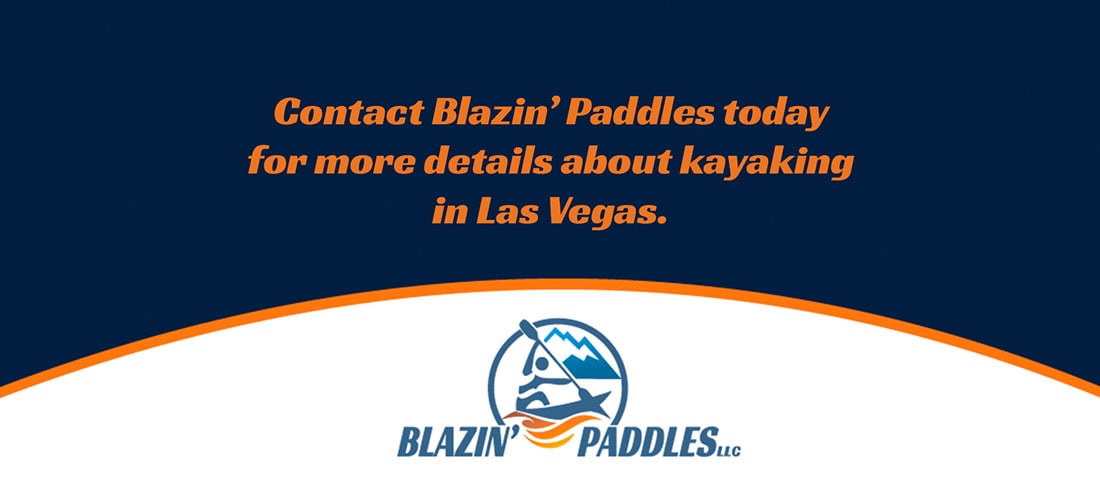Historical Kayaking Facts
When you head out on Las Vegas kayak tours with Blazin’ Paddles, you will learn quite a bit about the natural history of the area and the history of some key man-made landmarks, such as the Hoover Dam. But did you know there’s also quite a bit of history to kayaking? Whether you want to learn more about the sport for fun or impress your fellow kayakers when you’re all out on the water, here are some interesting historical bits of information to know.
What is Kayaking?
Kayaking is a type of water sport that involves propelling a boat with a human paddler. Kayaks, in general, sit low on the water, even though there are several different kinds of boats that you can get. Kayaks are sleek and make minimal noise. They were originally designed for hunting, but now they have a wide range of general uses, including recreational boating. Kayaking is also a competitive sport in many areas around the world.
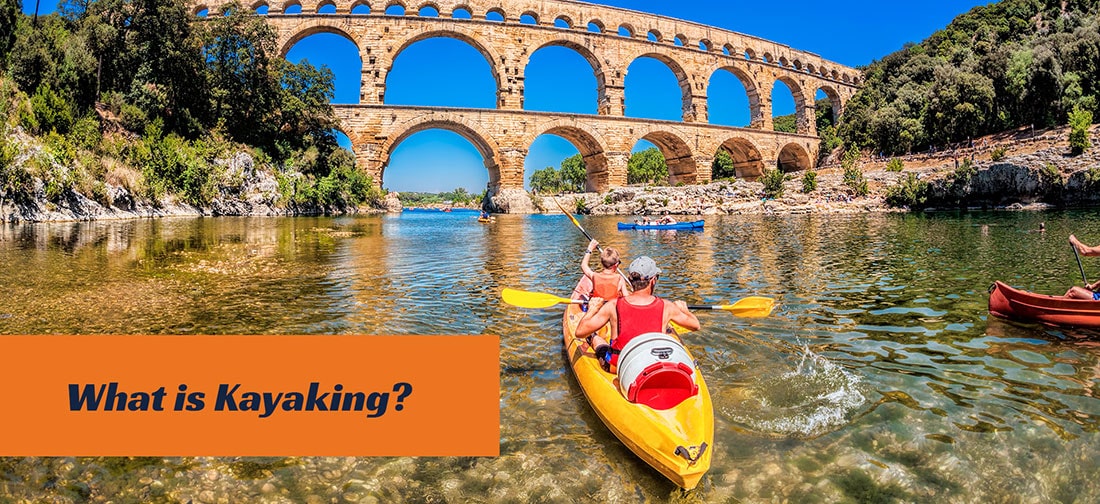
What does the word “kayak” mean?
Kayaks were originally designed for hunting, and the name reflects that origin. The word “kayak” means “hunting boat” or “man’s boat” in the Inuit language. The Inuit initially used kayaks for hunting whales and seals. While kayakers today can choose from an assortment of commercially made boats, the kayaks used by the Inuit were specially adapted to fit each kayaker’s body. Kayaks were originally built with a sleek and nimble design that has not changed today. However, that same aerodynamic design has made kayaking popular for moving through the water quickly and traveling considerable distances.
When were kayaks invented?
There is some debate about when kayaks first emerged in the world. However, historians believe the boats have been around for about 4,000 or 5,000 years. Kayaks were used by the Inuit in both Greenland and North America. The oldest kayak on record dates back to 1577. The kayak is located at a museum in Munich, Germany.
What are kayaks made of?
Kayaks are made out of varying materials. The materials used to make kayaks have changed over time depending on the availability of local resources. Historically, kayaks were made out of wood from fallen trees that washed ashore. The trees created the frames for the boats. Then, animal skins, such as seal skins, were stretched across the frame to create a complete boat. The boats were then finished with whale fat to create a sealant and make the boat water-resistant. While the framework was in place for early kayaks, they had some problems with buoyancy. To resolve that problem, the Inuit inflated seal bladders and put them inside the kayaks to help them float on the water.
While kayaks are produced in mass quantities today, that was not the case when the Inuit used them. Then, each kayaker was in charge of designing and building their own boat. The boat was specially crafted to meet the paddler’s exact torso and arm measurements to make the kayaker as efficient and agile as possible on the water. Boats were generally three times as long as the kayaker’s outstretched arms. The cockpits were built to be as wide as the kayaker’s hips, plus two additional fist lengths at most. The original kayaks were not as fast as many of today’s kayaks because they were designed for transportation and were specially designed to avoid capsizing.
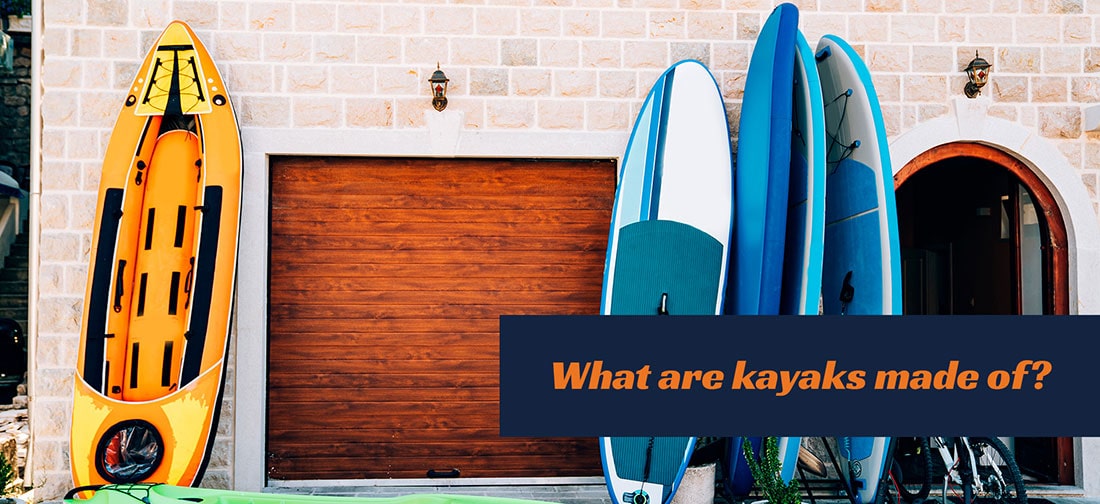
Kayaking Around the World
Kayaks were initially used in the Arctic waters far North. By the 1800s, however, Europeans learned of kayaks and brought them to their own countries. Kayaks were especially popular in France and Germany and used for recreational purposes. Kayaks proved to be ideally suited for sporting endeavors due to their lightweight frame and low position on the water. Although Europeans began using kayaks in the early 1800s, the sport did not take off in popularity until 1845, when a British sportsman named John MacGregor used a kayak (named Rob Roy) to explore European waterways such as lakes and rivers. MacGregor wrote a book called “A Thousand Miles In The Rob Roy Canoe” to describe his experience. In 1873, MacGregor introduced kayaking as a sport in a regatta. He also formed a canoe club that ultimately became famous.
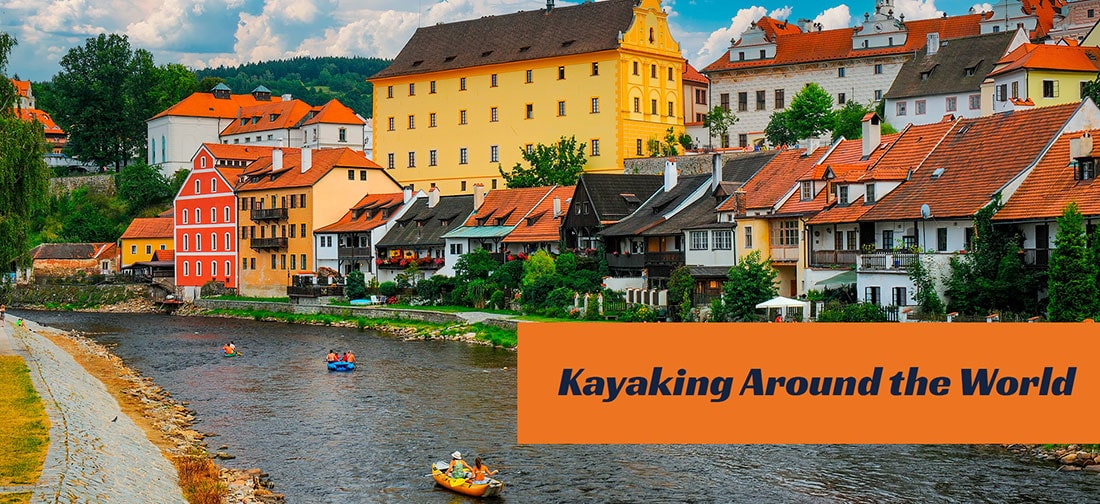
The Origins of Whitewater Kayaking
While kayaking as a recreational sport took off in the early 1800s, whitewater kayaking did not appear on the global scene until the early 1930s. In 1931, a kayaker named Aldof Anderle navigated his boat down the Salzachofen Gorge, located in the Australian Alps.
What made kayaking popular?
While Las Vegas kayaking today is a popular pastime, that was not always the case. While kayaks gained popularity in Europe in the early 1930s, they gained recognition in the US about ten years earlier. Kayaks were brought to the American public’s attention through a film called “Nanook of the North.” The film was a documentary about an Inuit family. The term “kayak” quickly became a household name. People started to consider the kayak as an alternative to the canoe, which had already been introduced to Americans but was thought to be a relatively unsafe form of boating.
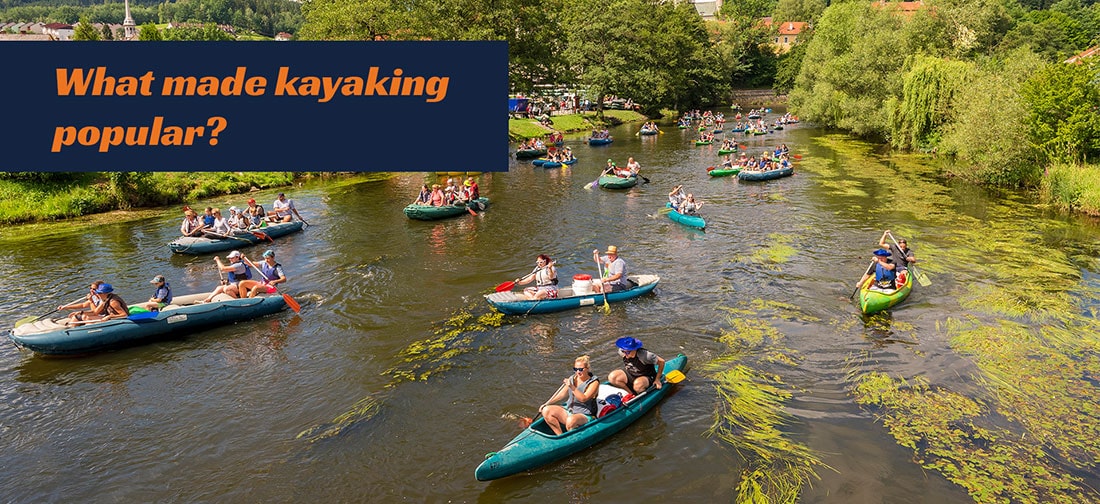
Kayaking Makes the Olympics
Kayaking was practiced as a sport around the world for years before it was recognized as an Olympic sport in 1924. Even though kayaks appeared at the Paris Olympics that year, kayaking was originally only considered to be a demonstration sport. Kayaking was not a medaled sport until the Berlin Olympics held in 1936. At first, kayaking was a sport that had only male competitors. In 1948, the sport also expanded to include female kayakers. Women kayakers initially competed in 500-meter and 1,000-meter sprints. However, those distances have been shortened fairly recently to 200-meter and 500-meter trials. Although men’s and women’s kayaking teams from the US have competed in Olympic kayak competitions, the sport remains primarily dominated by European competitors.
Kayaking Today
Today, kayaking in Nevada looks much different than original kayaking in the US. Kayakers today use their boats on various waters ranging from tranquil rivers and ponds to oceans and rushing rapids. Kayaks have also diversified in design and form from their original style. While the first kayaks resembled touring kayaks for their heavy build and utilitarian design, they are produced in a range of styles today. Sit-on-top kayaks are common, especially for beginner kayakers, as are recreational kayaks. Touring kayaks are popular with people who are traveling long distances. Kayaks are also used in competition and for fishing. Some kayaks are designed for speed and agility, such as slalom boats and play boats.
Blazin’ Paddles Tours
If you’re feeling inspired to get out on the water now that you know more about kayaking, contact Blazin’ Paddles to set up an adventure. If you want to go kayaking near Las Vegas with a group, one of the most popular tours you can take is the half-day tour. You’ll be out on the water for about three hours. The tour lasts approximately 5-6 hours total, including pick up and drop off. The tour is considered to be “easy to moderate” in difficulty. You’ll paddle through the Black Canyon and enjoy a lesson of the local history, along with wildlife sightings, as you go.
Contact Blazin’ Paddles today for more details about kayaking in Las Vegas.
